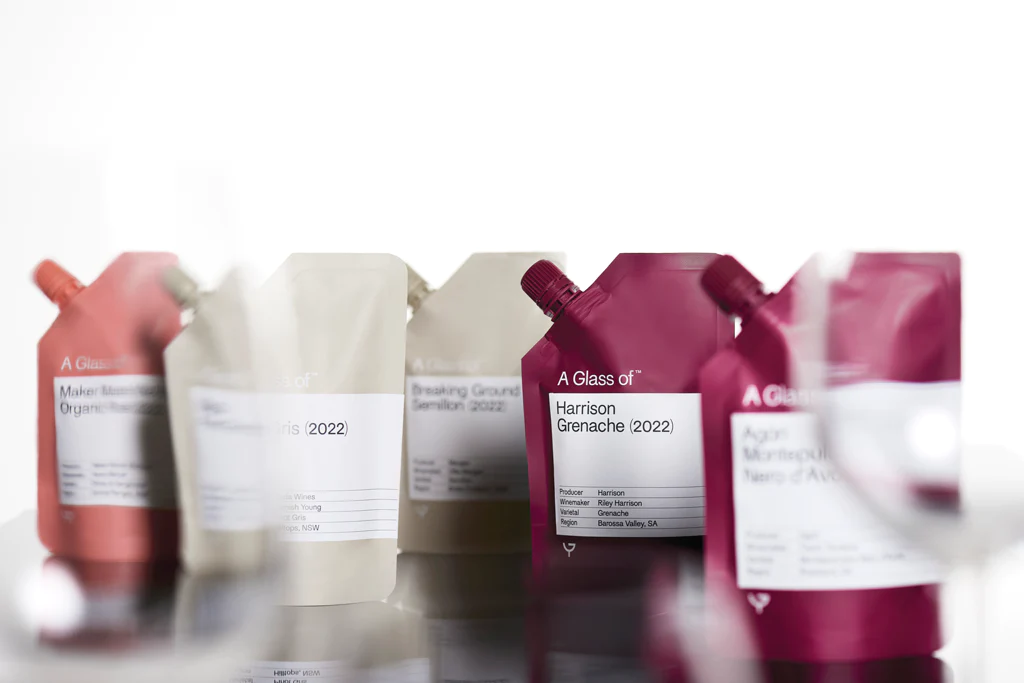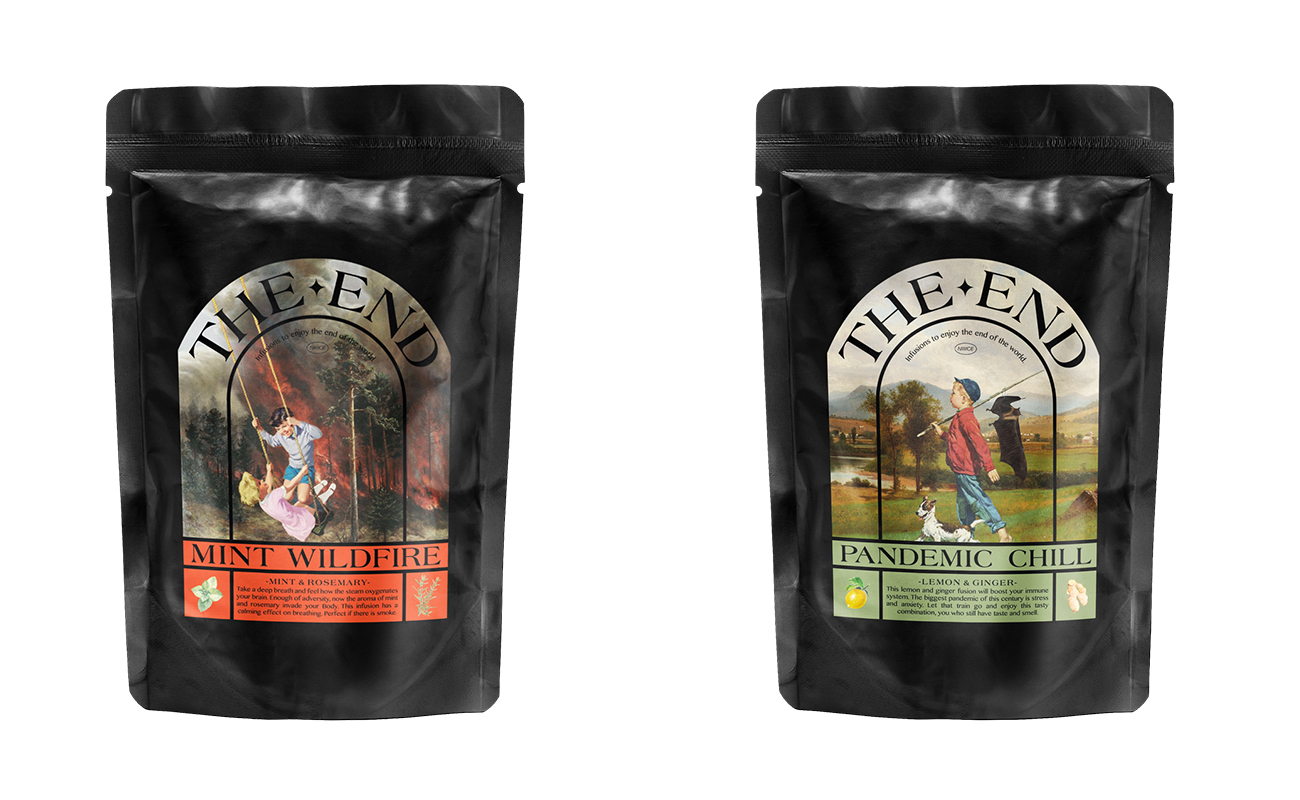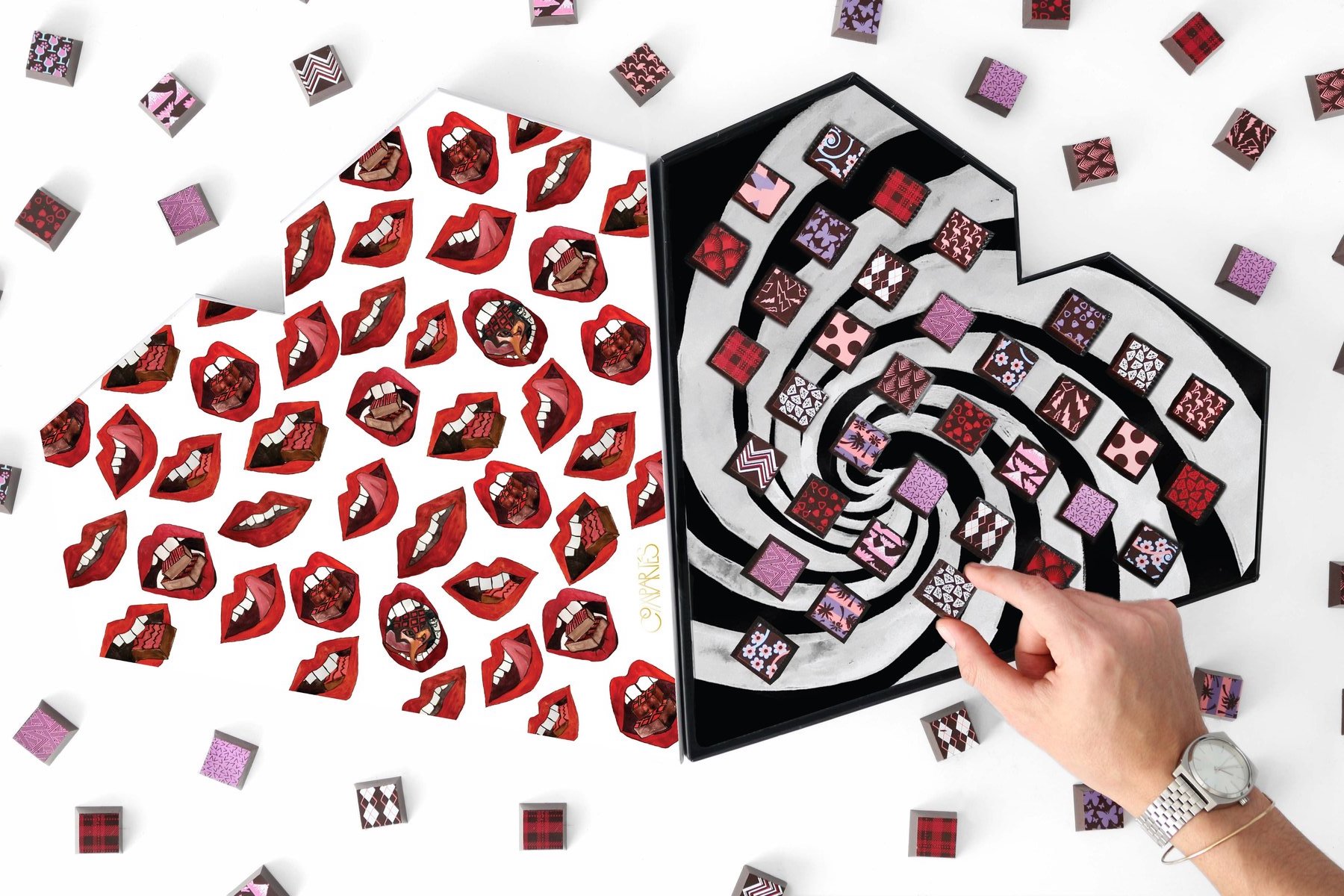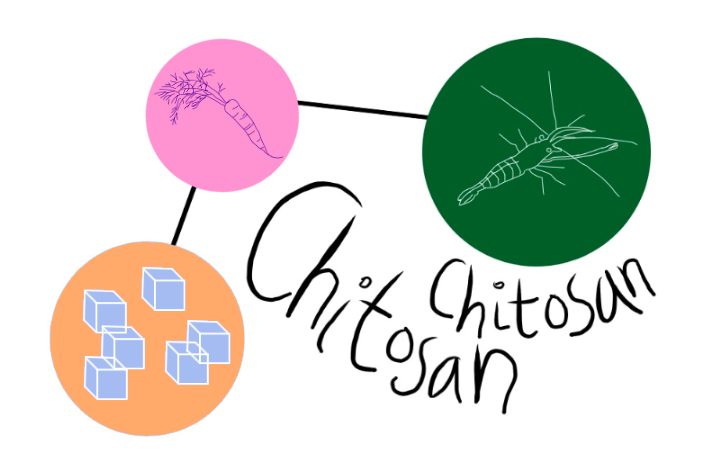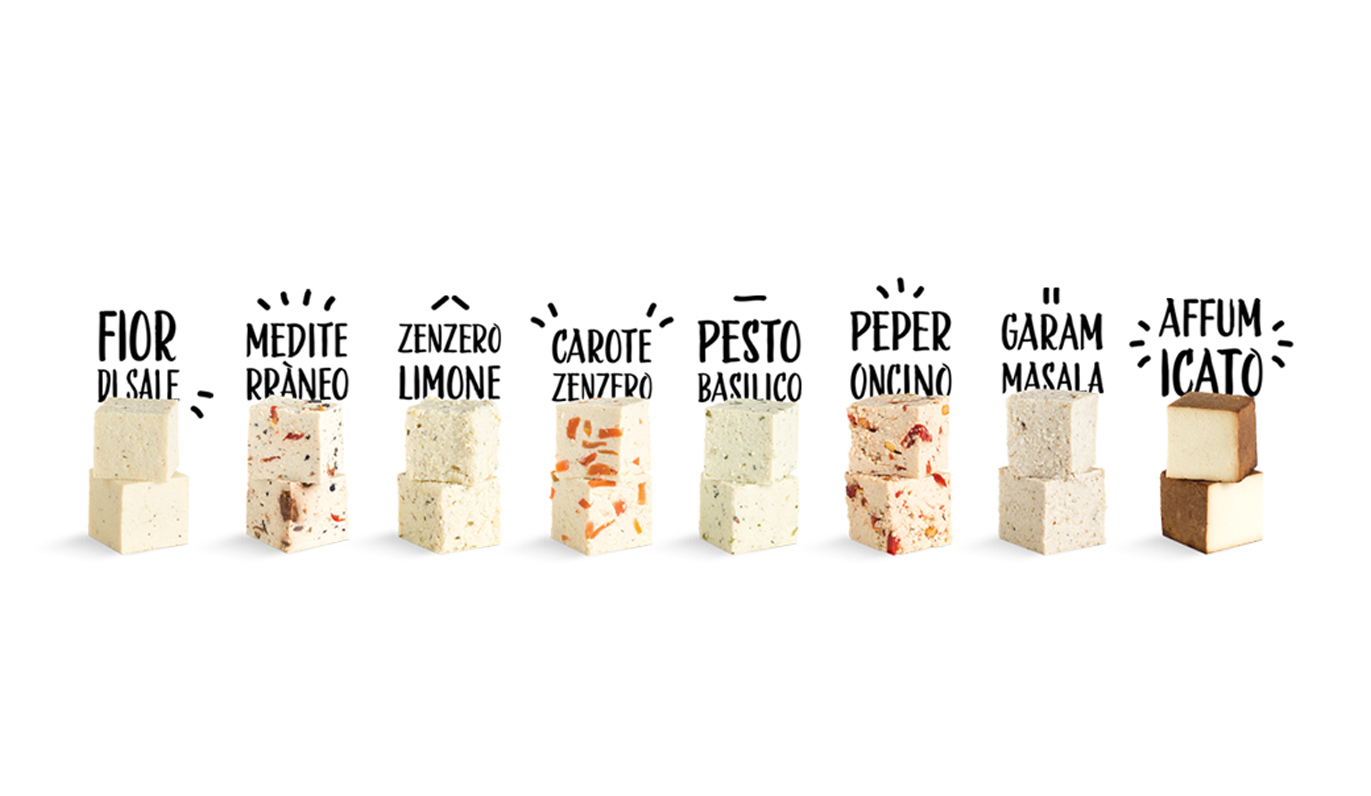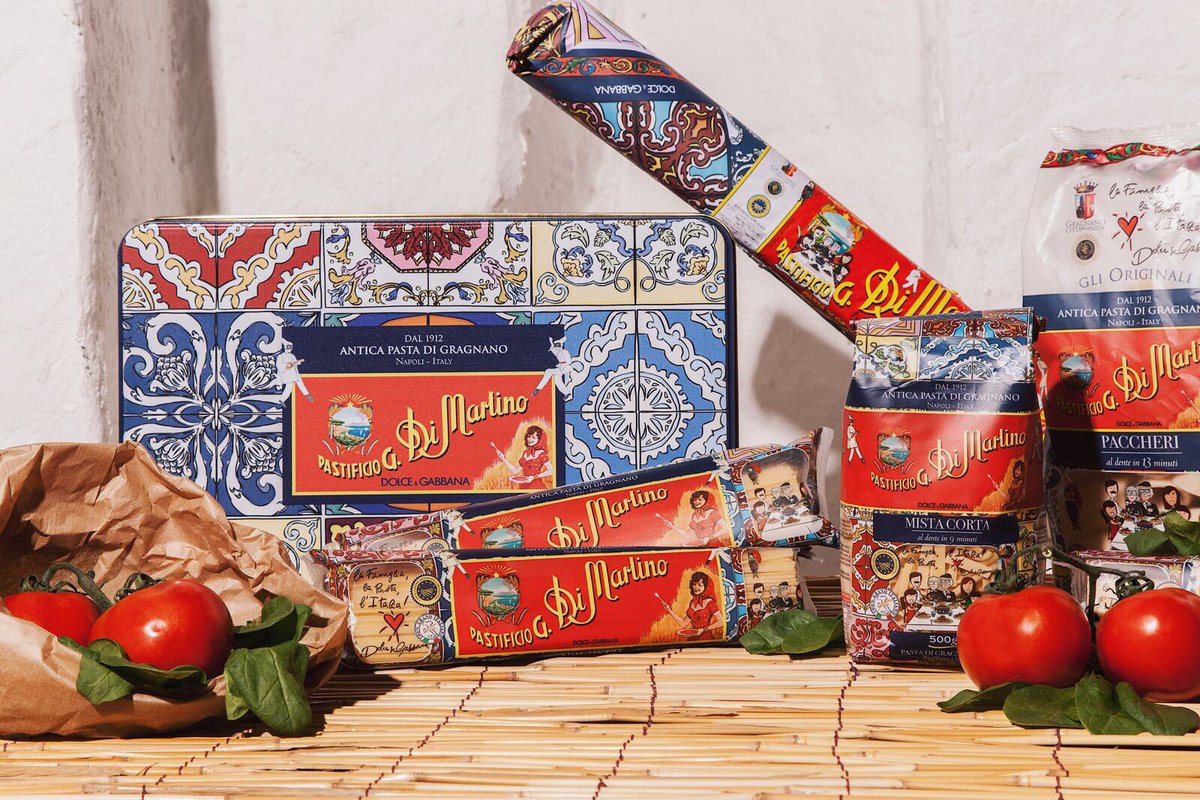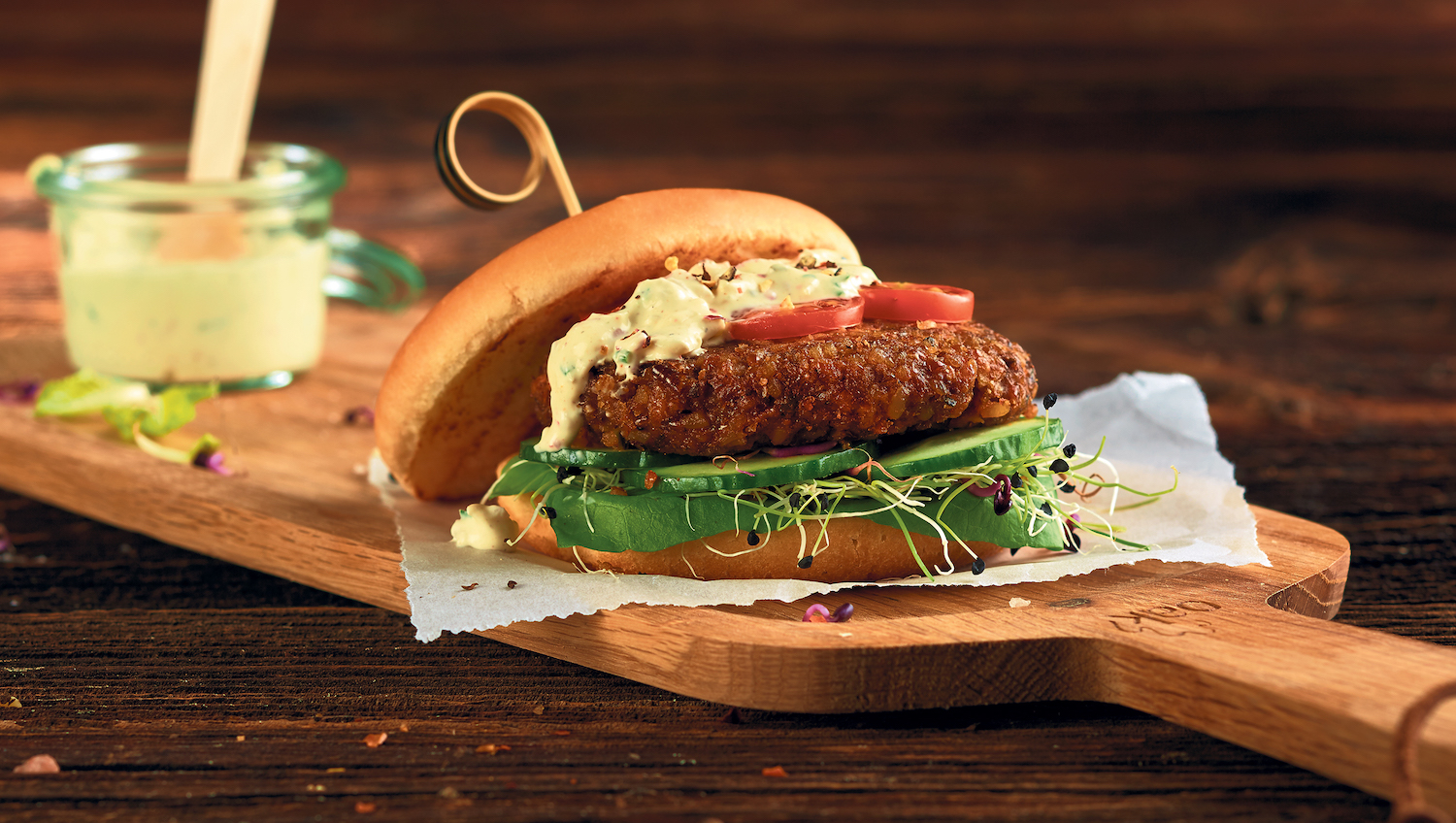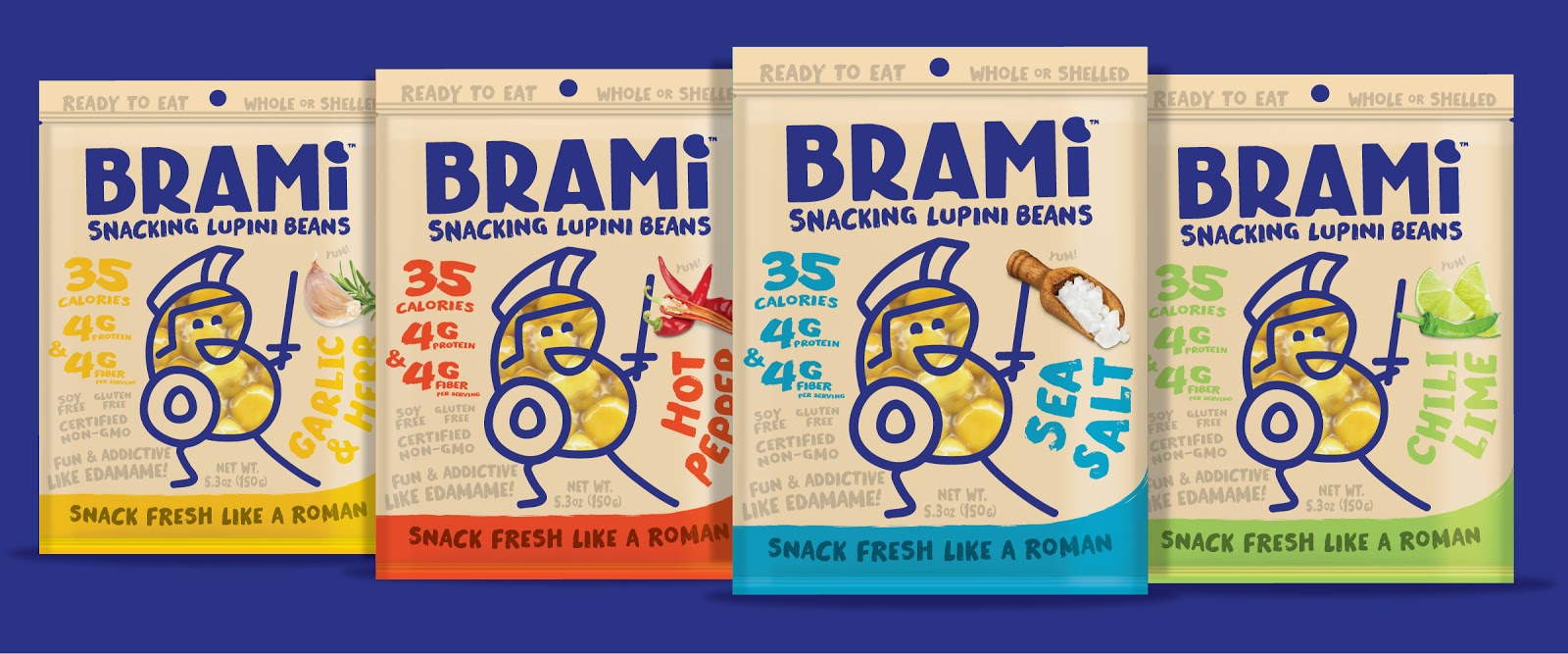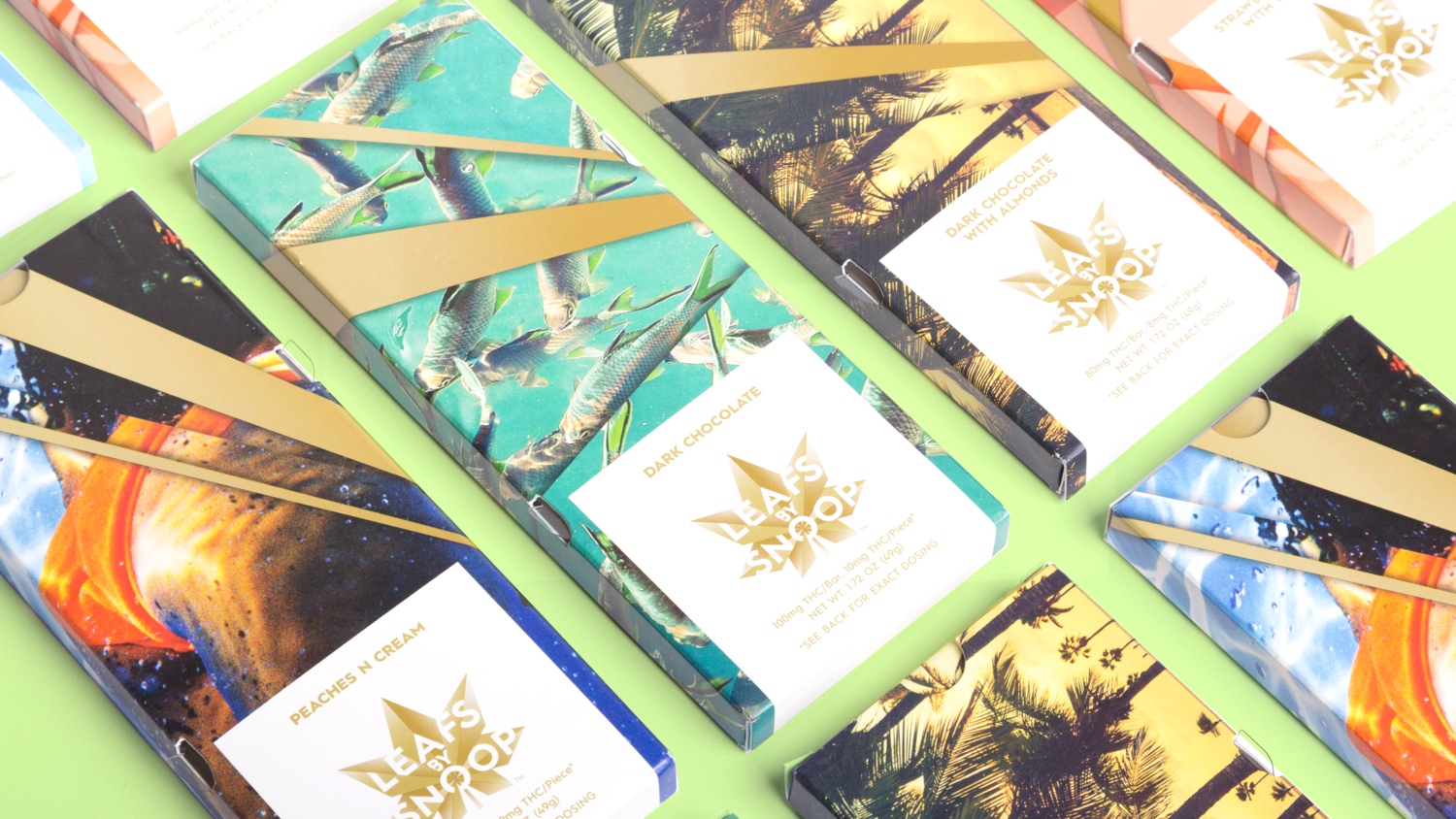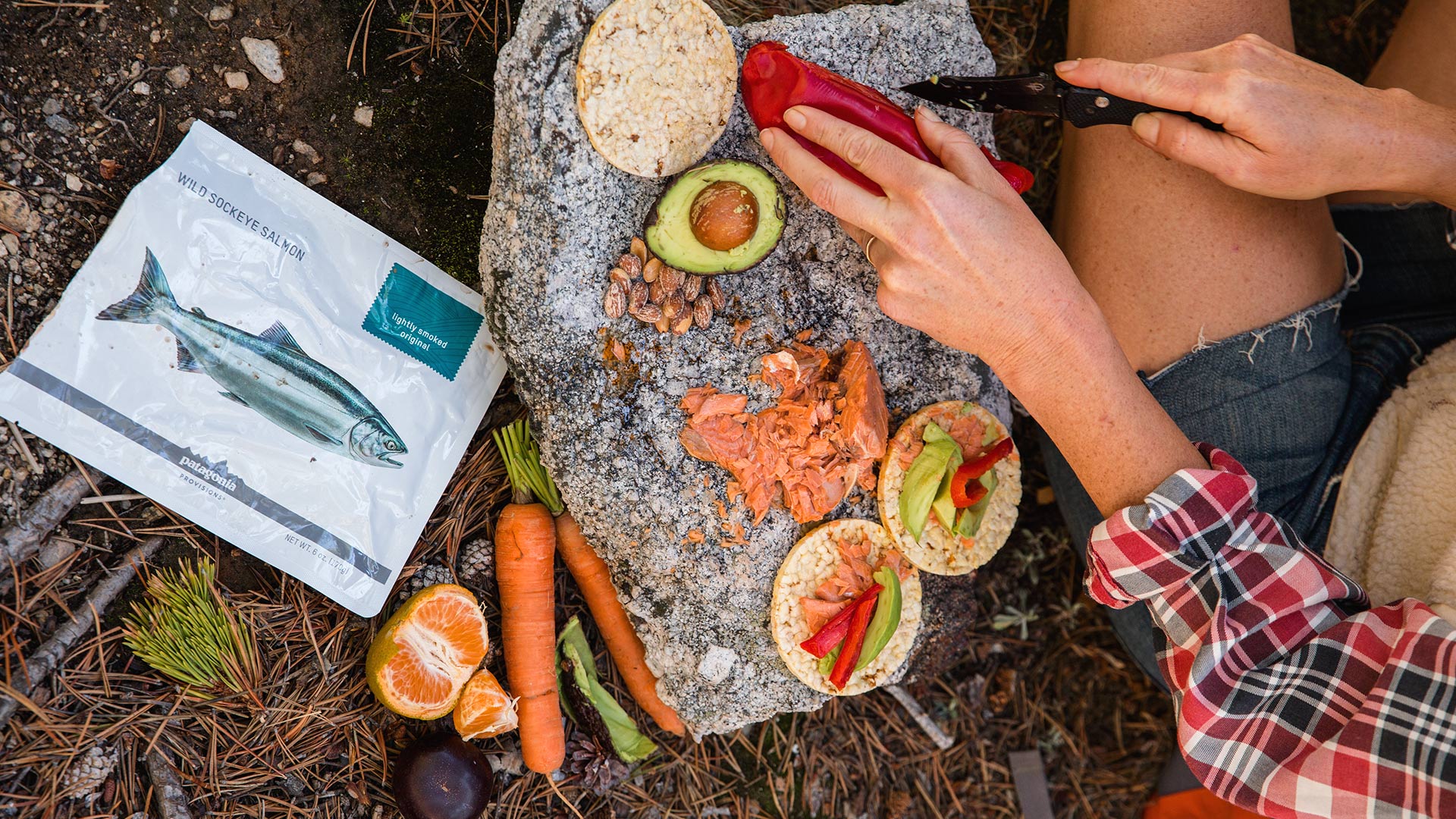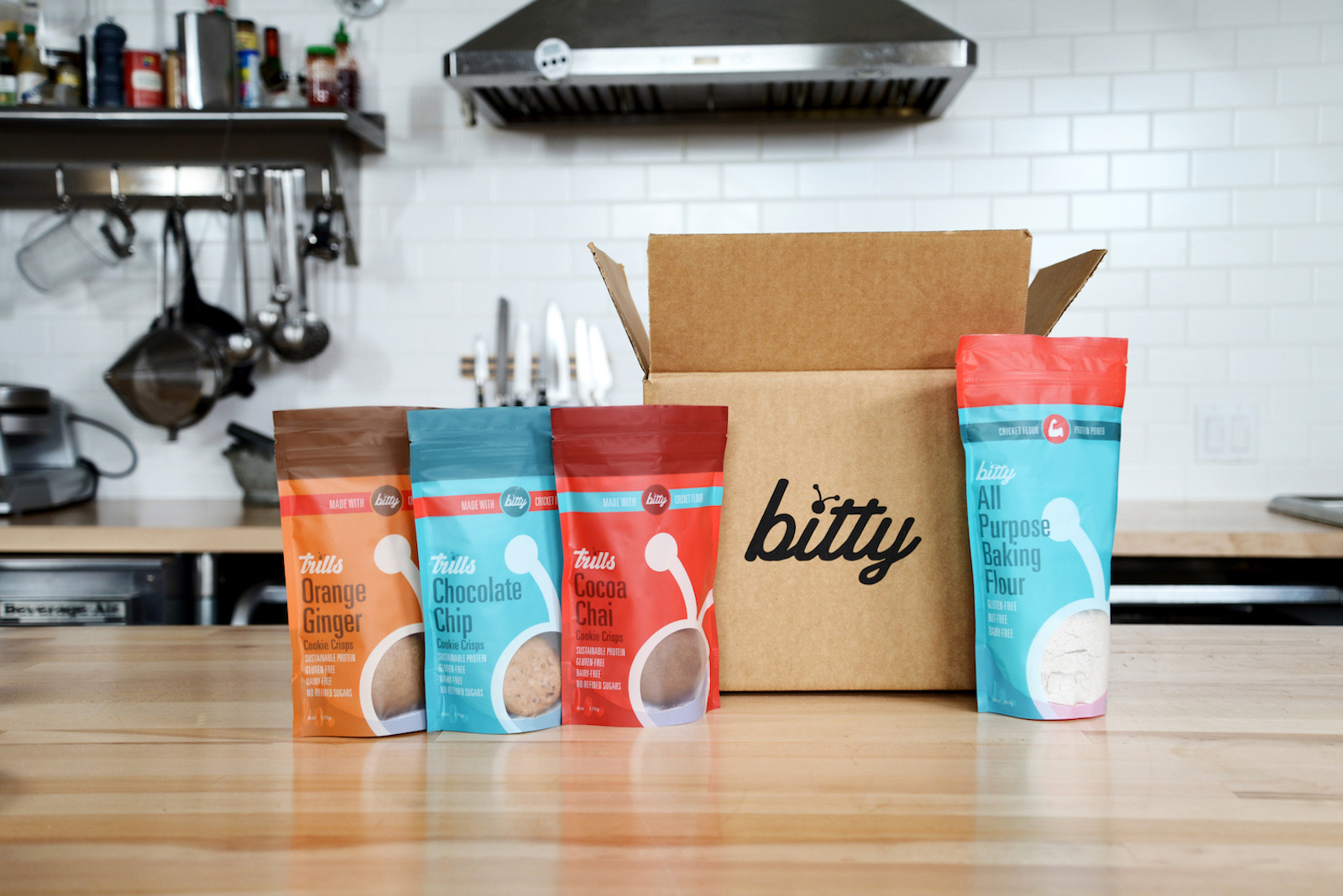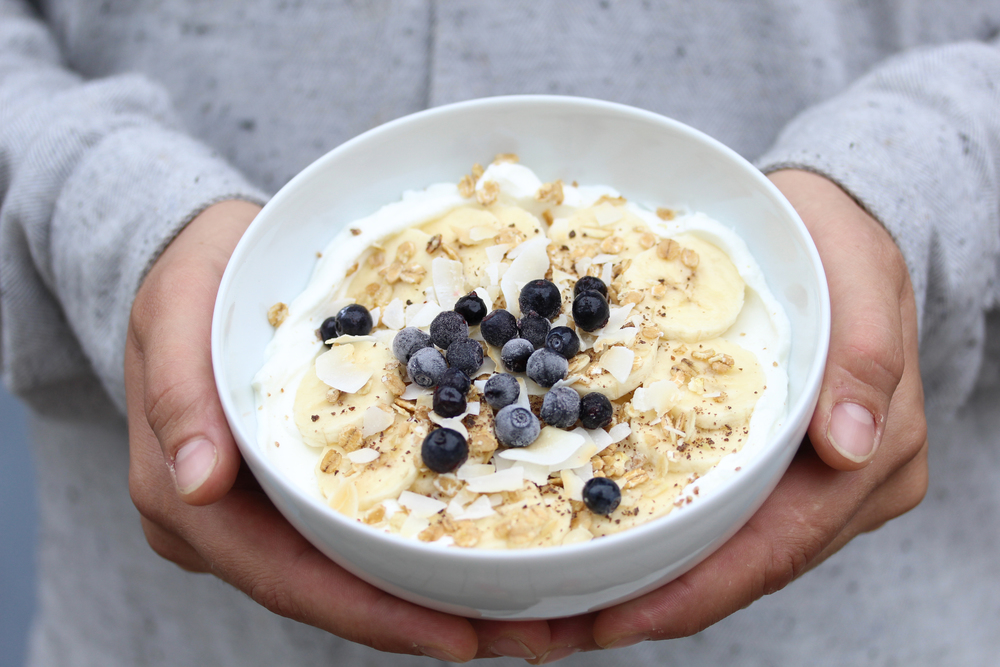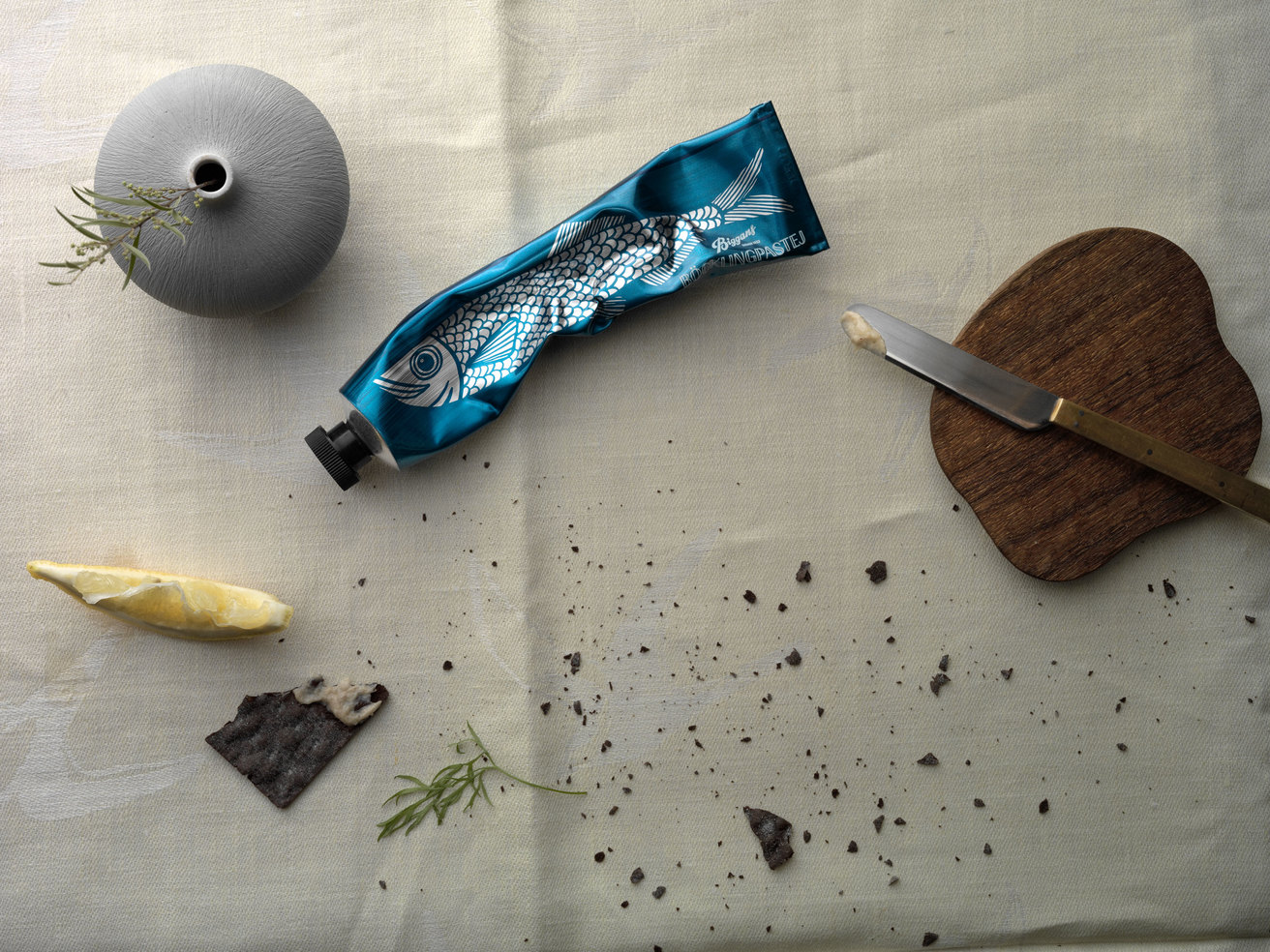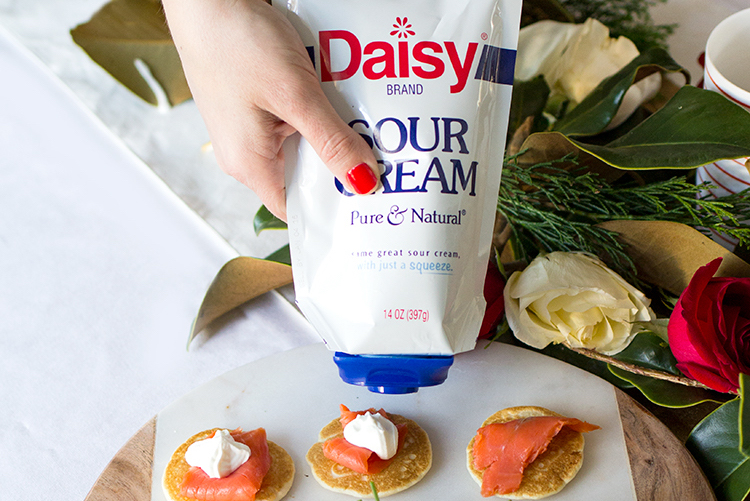Peek in on a school cafeteria during the 1990’s and you’ll see tables filled with kids eating Lunchables. These packaged, pre-portioned meal kits let kids play with their food by smearing sauce on mini pizzas or stacking ham and cheese on crackers. Filled with highly processed foods, the meals aren’t healthy—and with all the plastic they certainly weren’t sustainable—but they were entertaining. Yet as parents and educators become increasingly concerned about kids’ diets, Lunchables aren’t as ubiquitous as they once were.
While this could suggest that new companies would start offering a nutritionally-balanced, environmentally-friendly and fun packaged lunch product, current options are limited. After recently redesigning the packaging to woo parents with educational games and kids with bright colors, Lunchables shows little inclination to spearhead the movement toward healthier meals. We applaud their above concept to substitute their plastic-heavy packs for a recyclable paper version, but the company hasn’t moved forward to make the concept a reality. The paper Lunchable concept had our editors asking: Could a wholesome, sustainable and educational lunch geared to kids succeed in the current food marketplace?
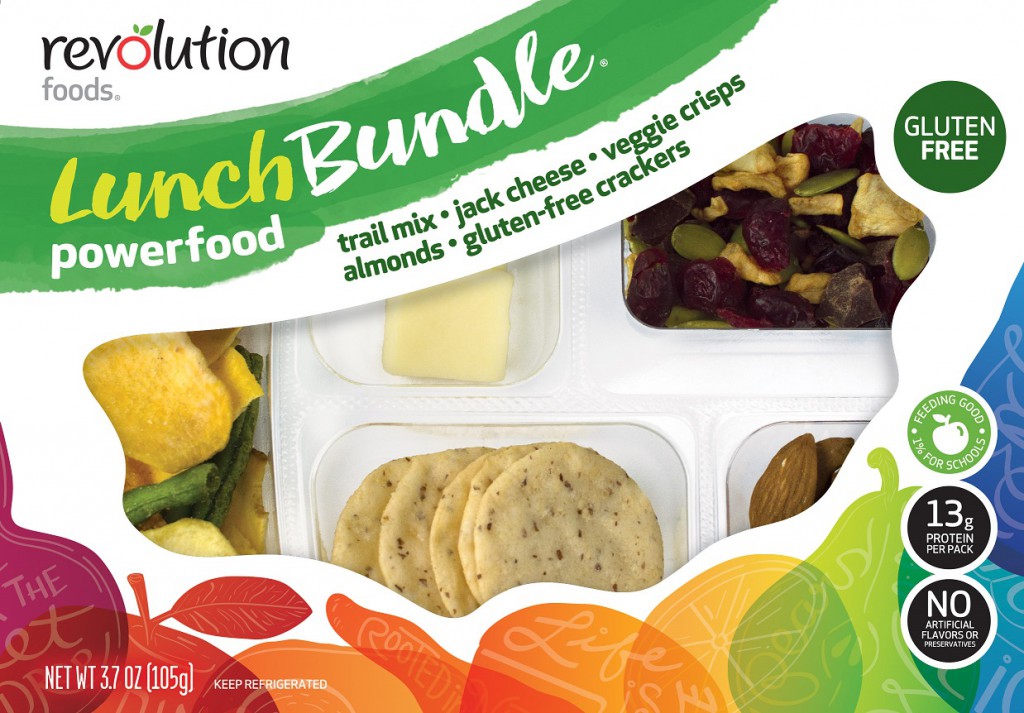
Revolution Foods lunch bundle. Image via Bite of the Best
Revolution Foods thinks so—sort of. The company produces ready-made meals that offer a health-conscious alternative to products like Kraft Mac ‘n’ Cheese or instant noodles. Like Lunchables, they sell a pre-packaged, pre-portioned lunch. Both the foods included and packaging resembles Lunchables, but whereas the Lunchables box is a kid-friendly bright yellow, Revolution Foods’ white box offers only a handwritten font and brightly colored images of fruit. The branding works for adults and children alike, but retains the casual experience of playing with Lunchables. Kids might not get to make mini nachos for lunch, but they munch on Monterey jack cheese and corn crackers. Revolution Foods misses an opportunity to set the brand apart from competitors by using similar packaging—a plastic tray to separate the foods into compartments. Revolution Foods’ lunch bundle attempts to bridge the gap between parent, child and health by offering a product that reproduces the Lunchables experience in an adult-approved parcel.
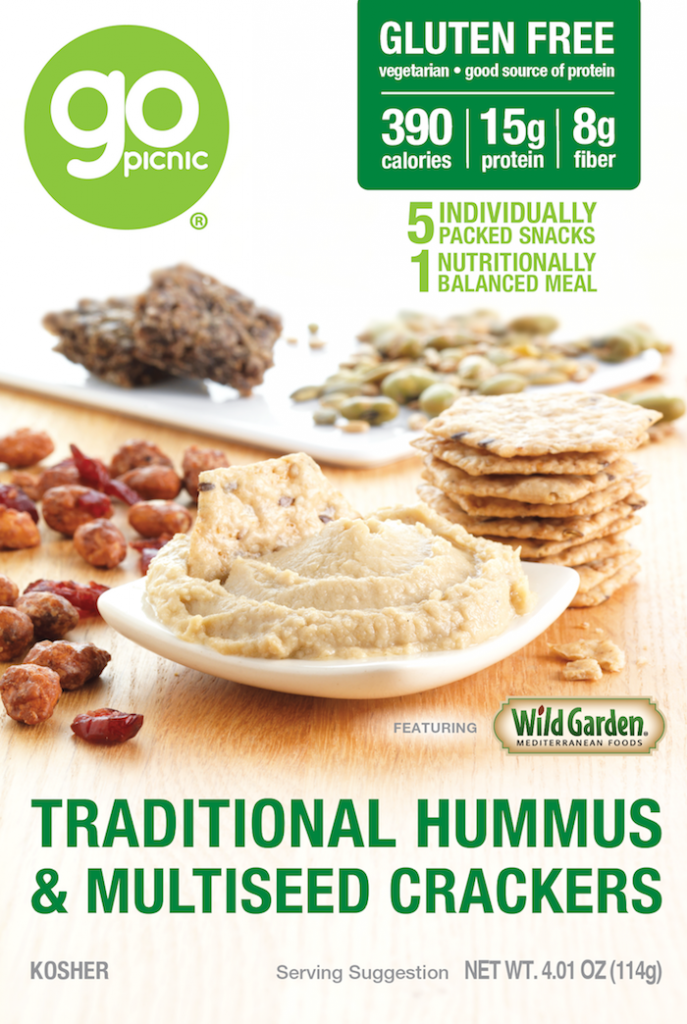
Go Picnic box. Image via Go Picnic.
Nevertheless, Revolution Foods seems more apt for children then Go Picnic’s lunch box. Go Picnic offers pre-portioned meal packs like crackers with salami, hummus with crackers, and crackers with sunflower seed butter. Their branding emphasizes health and their box features a styled snapshot of the foods inside. Unlike Revolution Foods, the package’s appearance does not mimic Lunchables. Instead, Go Picnic would appear just as appropriate in mom’s bag as it would in junior’s backpack. Similarly, the food options don’t strive to resemble Lunchables’ flavors—there is no dessert and less emphasis on playing with the food. Although each component is packaged individually, Go Picnic takes the largest step toward creating a sustainable package, using a recyclable cardboard carton instead of a plastic tray. Go Picnic illustrates the potential for offering a lunchbox that appeals to both adults and kids—but the question remains if this product can lure kids away from brightly colored boxes filled with pizza and juice boxes.
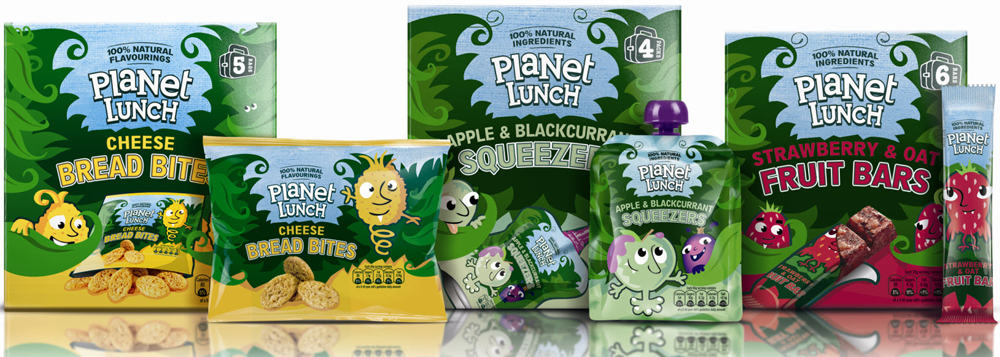
Planet Lunch packaging. Image via Popsop.
Meanwhile in the UK, Planet Lunch, a PepsiCo brand, offers individual food products for lunch boxes in colorful packages with cartoon mascots designed to make healthier options appeal to kids. These cartoon-led boxes are the result of a recent rebranding. Before, their packaging featured colorful blobs with faces. Now, imaginary characters wander through a bright jungle, offering a magic world that seems to be a response to the cartoon world cereal characters inhabit. But whereas parents might scoff at Tony the Tiger, they can feel better embracing the cute-but-angry pineapple on their tropical fruit drink. Like Revolution Foods, these products use packaging similar to their less-healthy alternatives, but the brand focuses on grab-and-go snacks that parents and children can mix and match to achieve a healthier lunch.
Although food companies are beginning to design healthier lunch options for kids that are as compelling as options like Lunchables, the current offerings illustrate a continuing tension between parent and kid, kids and peers, marketer and consumer, that needs to be reconciled for a new product to succeed. While all the boxes examined offer strong alternatives to traditional options like Lunchables, none seems ready to commit to an explicitly kid-friendly design with parent-friendly foods in a sustainable package. We’re eager to see more companies to take up the challenge.
